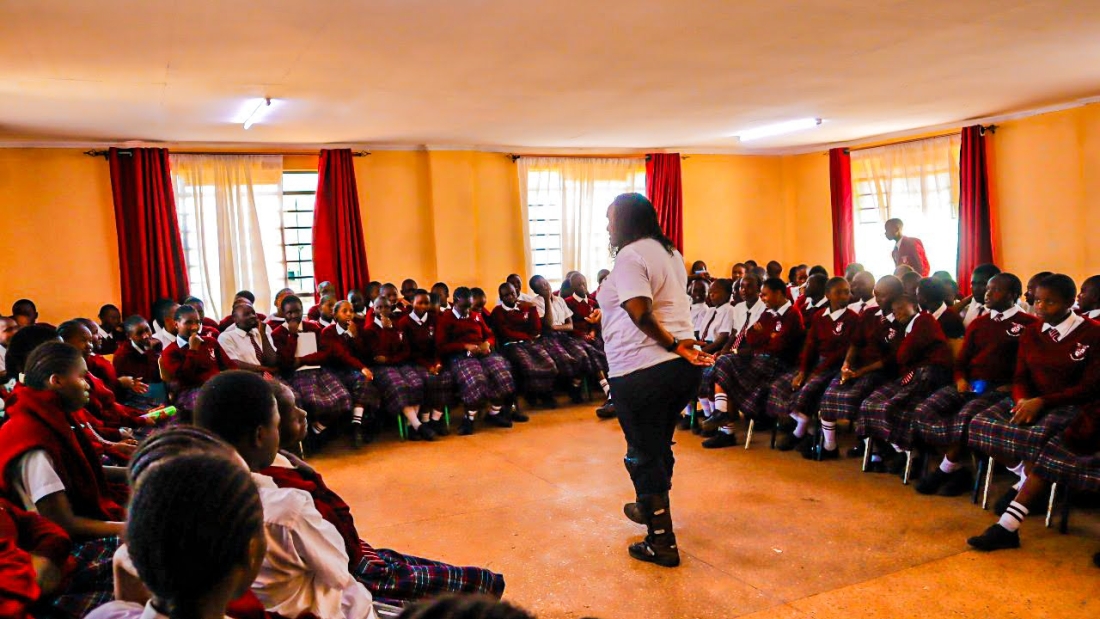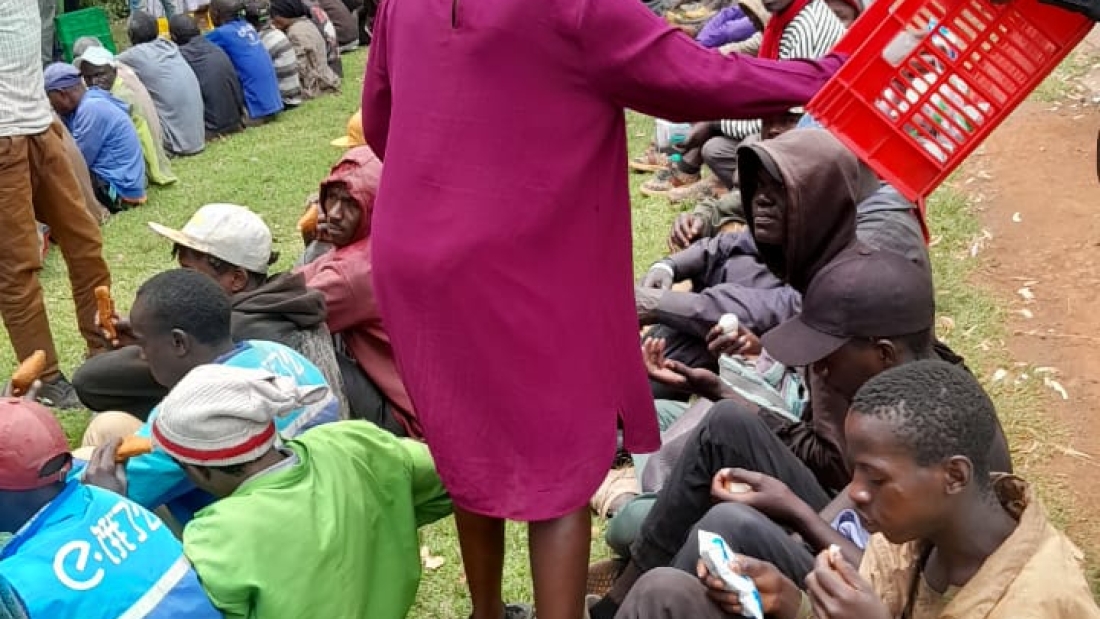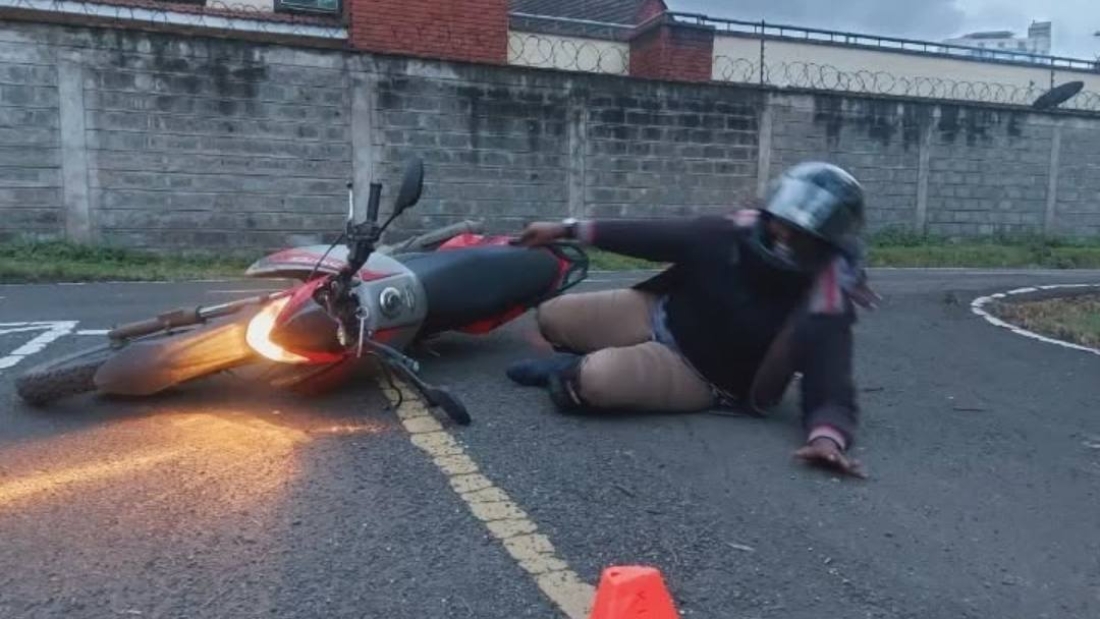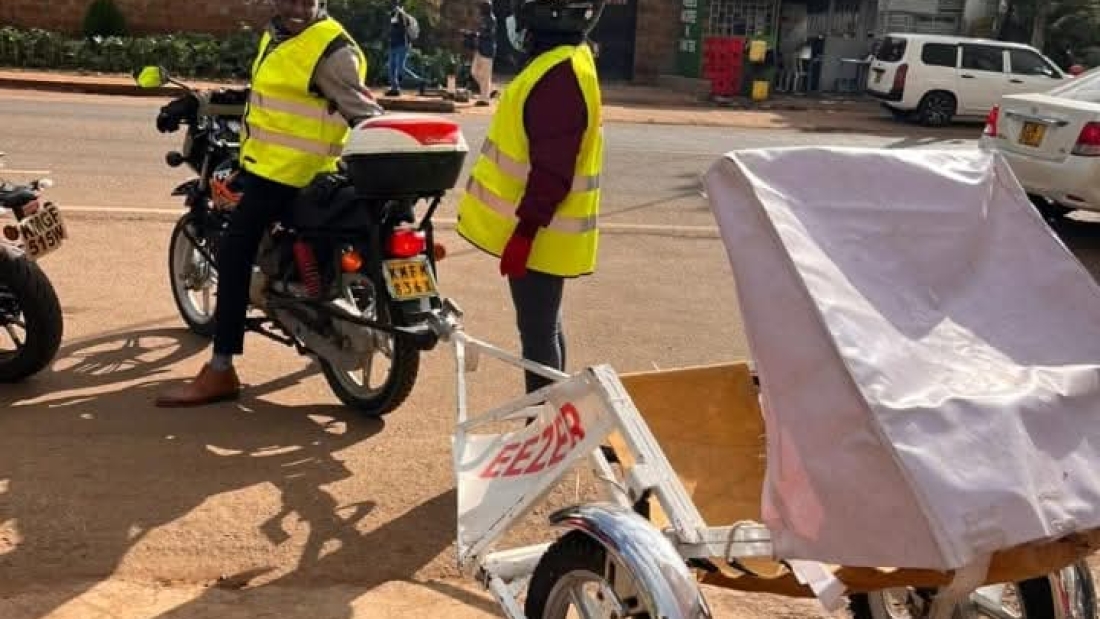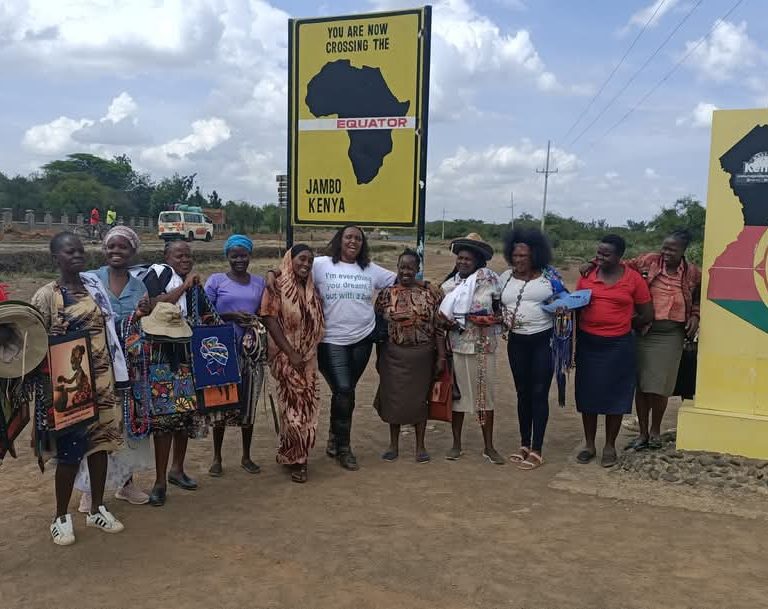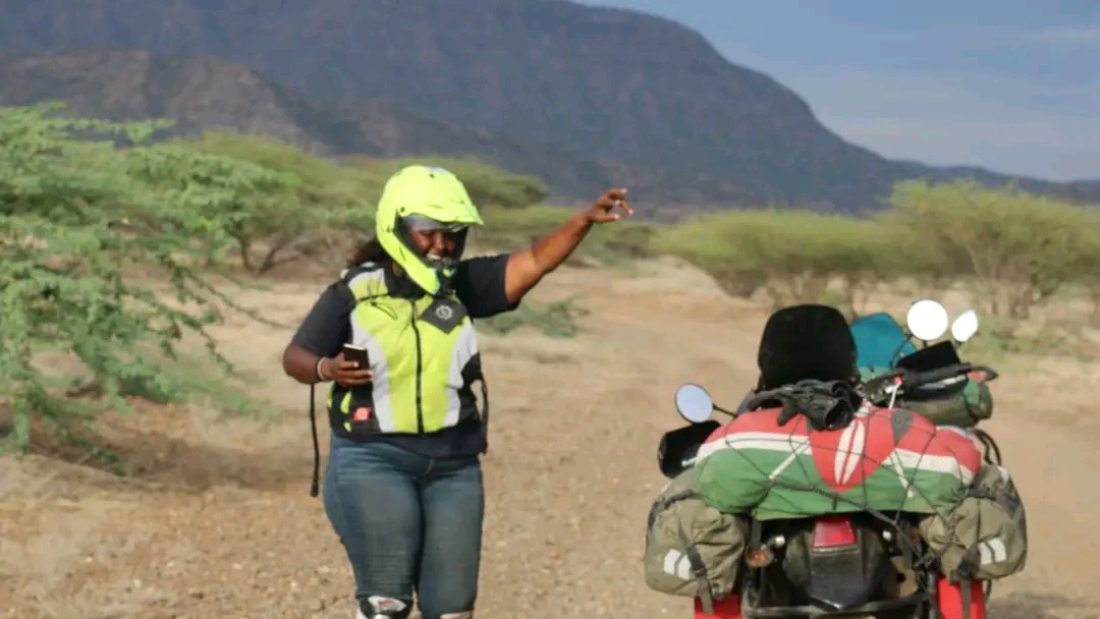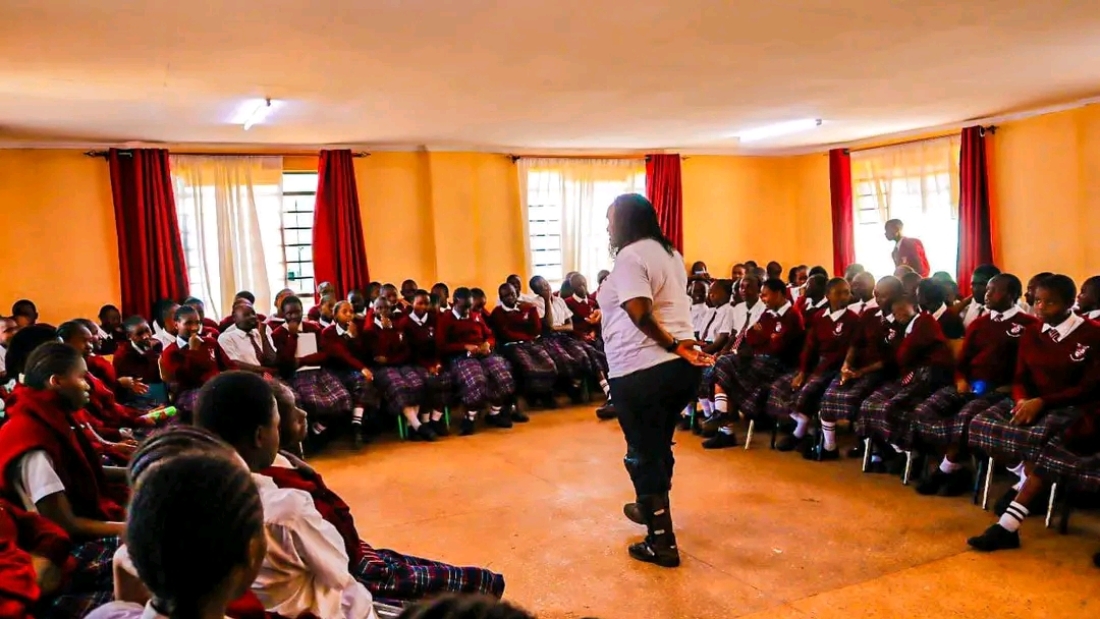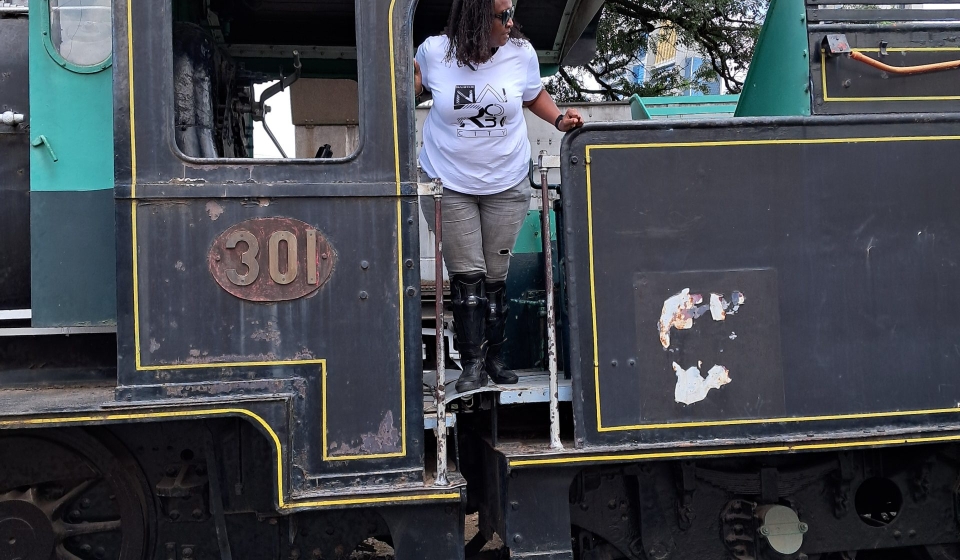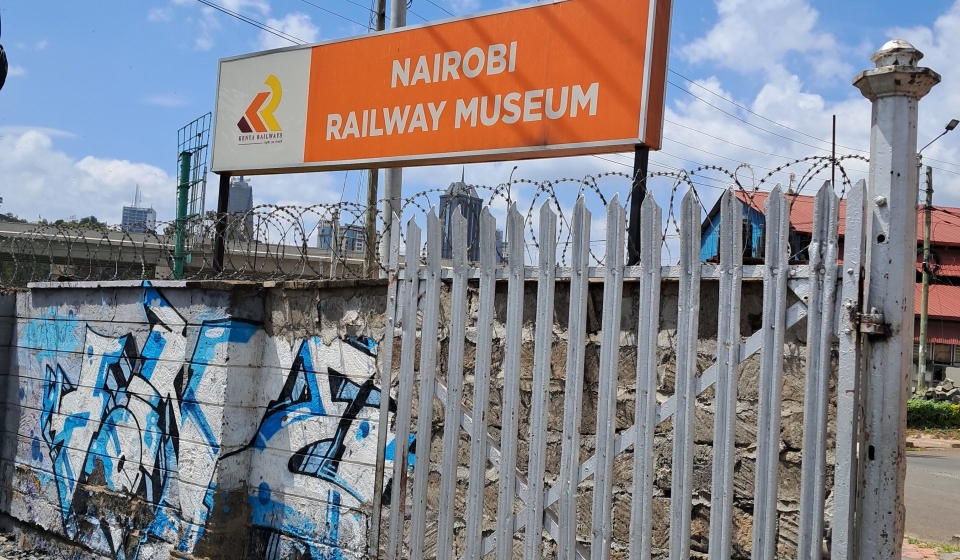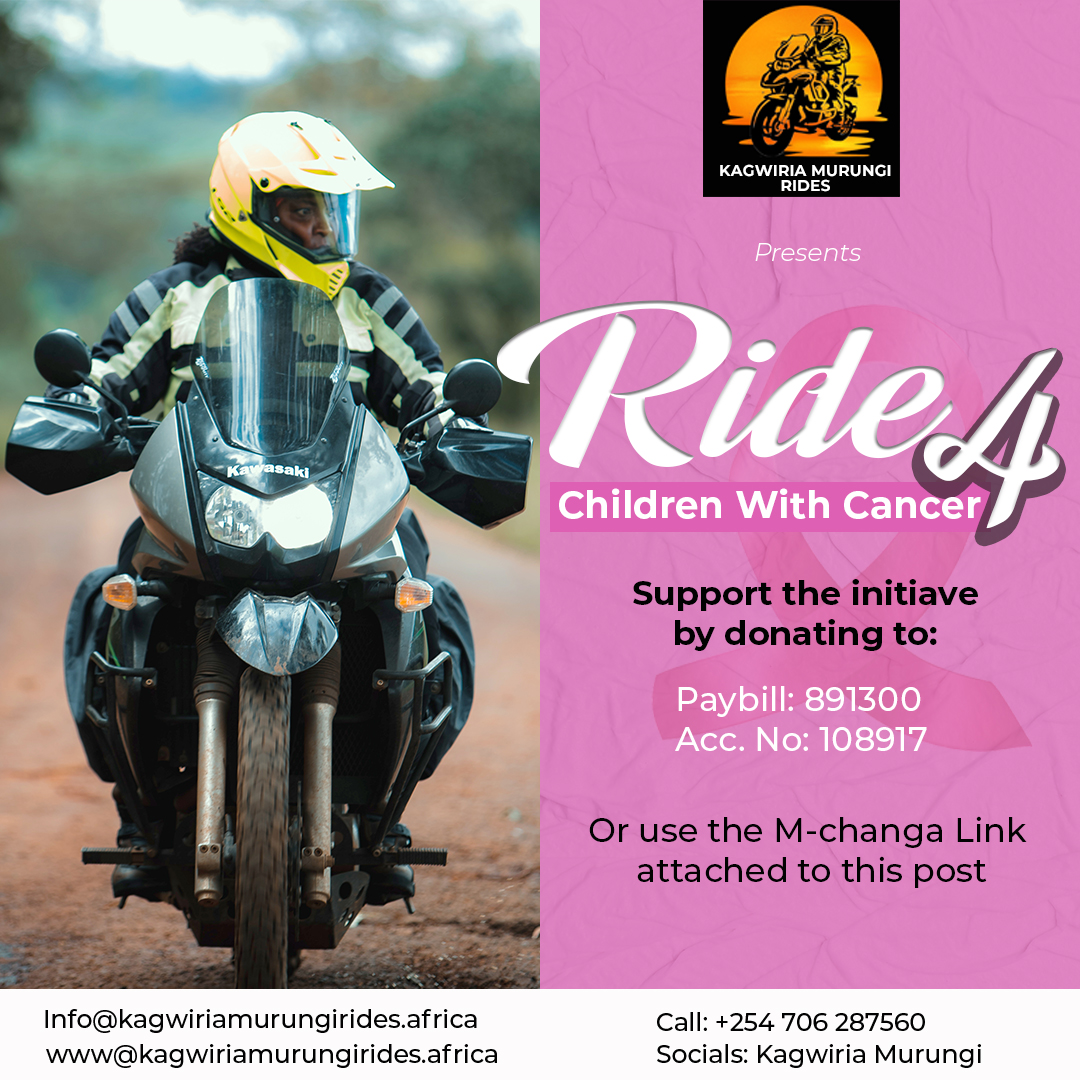Having traversed most of Northern Kenya’s rugged terrain on my trusted Kawasaki KLR 650, one magnificent region remained unexplored on my adventure riding map – Marsabit County. The call of the unknown was irresistible, compelling me to pack my gear and set out on a five-day motorcycle expedition through Marsabit’s challenging landscapes. While this remote northern county boasts numerous breathtaking attractions, my heart was set on witnessing a particular marvel that had captured my imagination – the legendary Singing Wells of Ilaut. Their name alone had intrigued me for years, and I was determined to experience their ancient magic firsthand.
Day One: From Limuru to Nanyuki – When Adventure Plans Meet Reality
The journey began promisingly with perfect riding weather. I departed from Limuru at dawn, the morning sun warming my back as I cruised along Thika Road, bound for Nanyuki – my first planned stopover. The KLR 650 performed flawlessly, eating up the miles as I pushed northward.
However, about 60 kilometers from Nanyuki, adventure struck in an unexpected way – my Samsung M33 phone somehow worked its way out of my riding jacket’s secure pocket and crashed onto the unforgiving tarmac. Remarkably, despite the impact at highway speed, it wasn’t completely destroyed. The screen, unfortunately, had shattered so thoroughly that it became entirely unresponsive – a serious setback for a solo rider relying on navigation in remote areas.

Motorcycle Adventure Lesson #1: Expect the Unexpected
Determined to remedy this situation, I continued to Nanyuki and made my first unplanned stop at a Samsung service center, only to hear the dreaded words that every traveler fears: “Oh madam, hatuna kioo ya hiyo” (we don’t have the screen for that model).
Undeterred, I enlisted the help of local boda boda riders, who directed me through Nanyuki’s busy streets to several phone repair shops. After multiple inquiries, I finally discovered a small shop whose technician could order the replacement screen from Nairobi. “Inachukua three hours tu,” the attendant assured me – just three hours, and I could resume my journey.
My initial plan had been to reach Archer’s Post by nightfall, but with this unexpected delay, I had to adapt quickly – another valuable lesson in adventure motorcycle touring. I secured accommodation in Nanyuki instead, and by the following morning, my phone was restored and ready for the challenging roads ahead.
Day Two: Entering Marsabit County – The Gateway to Northern Kenya’s Wonders
At the first light of dawn, I fired up my KLR’s engine, its familiar throaty rumble breaking the morning silence as I set course for Marsabit County. The morning ride was spectacular, with the magnificent Mount Kenya receding in my mirrors as I pushed further north into increasingly arid landscapes.
My first significant stop was Merille Town, where I fortuitously arrived on a bustling market day. The vibrant scene of traders, livestock, and colorful local goods provided a perfect introduction to Marsabit’s rich cultural tapestry. As is customary when crossing into a new Kenyan county, I paused at the welcoming gate to capture a photograph – tangible proof that I had finally reached Marsabit County! The realization felt surreal after years of planning.
Navigating to the Ancient Singing Wells
From Merille, I continued my ride to Laisamis, where my adventure took an unexpected but exciting turn. My digital navigation maps weren’t displaying the exact location of Ilaut – a common challenge when exploring Kenya’s more remote regions. I stopped to consult with locals, who informed me that Ilaut lay quite far off my current position, requiring extensive off-road riding – music to any adventure motorcyclist’s ears!
The knowledgeable locals suggested an alternative plan: visit the equally impressive Singing Wells of Laisamis first, spend the night locally, and then tackle the more challenging route to Ilaut the following day. Though this meant adjusting my itinerary yet again, four years of adventure riding had taught me a valuable lesson – plans rarely survive contact with the road, especially in Northern Kenya.
The Enchanting Singing Wells of Laisamis: Where Tradition Meets Survival



A local guide named Shabani agreed to escort me to the wells, and what I witnessed there exceeded my wildest imagination. Hundreds of camels were being systematically watered by Rendille morans (warriors) dressed in full traditional regalia. On the opposite side of the well complex, other morans were bathing completely naked – a natural part of their daily routine.
Initially hesitant about intruding with my camera, I held back until Shabani spoke to the warriors in Rendille. Their initial curiosity about the unexpected motorcycle visitor quickly transformed into warm Kenyan hospitality as they invited me closer to observe this ancient practice.
The Camel Whisperers of Northern Kenya
The morans demonstrated their profound connection with their livestock, showing me their techniques for removing ticks from the camels, explaining the significance of different camel colorations, and identifying the lead camel by the distinctive large bell around its neck. But the most astonishing moment was yet to come.
The true magic of the Singing Wells revealed itself when the morans positioned themselves at different levels of the deep well and began to sing – producing deep, rhythmic, almost hypnotic chants that echoed across the landscape. To my utter amazement, the camels recognized their specific herders’ voices amidst the chorus and obediently approached their designated watering troughs in perfect order.
It was a breathtaking display – a harmonious symphony between humans and animals, refined over countless generations. Despite language barriers (the morans spoke neither English nor Swahili, with only Shabani able to translate), the universal language of humanity transcended words. I stood mesmerized, privileged to witness this ancient practice that few outsiders ever see.
Next Stop: The Hidden Gem of Ilaut – Northern Kenya’s Best-Kept Secret
As the African sun dipped below the horizon, I secured basic accommodation in Laisamis, my mind racing with anticipation for the next day’s journey to Ilaut. Local advice suggested two possible routes – a shorter but potentially hazardous path made unpredictable by recent rains, or a safer though considerably longer route via Loglogo using the Malgis road.
With my adventure spirit fully ignited and the KLR 650 ready for whatever challenges lay ahead, I could barely contain my excitement for what promised to be the most remarkable segment of my Northern Kenya exploration.
Stay tuned for Part Two of my ride to the Singing Wells of Ilaut—where ancient tradition, untamed nature, and the breathtaking beauty of Marsabit County converge in one unforgettable motorcycle adventure.
Author: Kagwiria Murungi
Photography: All images © Kagwiria Murungi Rides
Follow my adventures: @kagwiriamurungirides
Website: https://kagwiriamurungirides.africa


